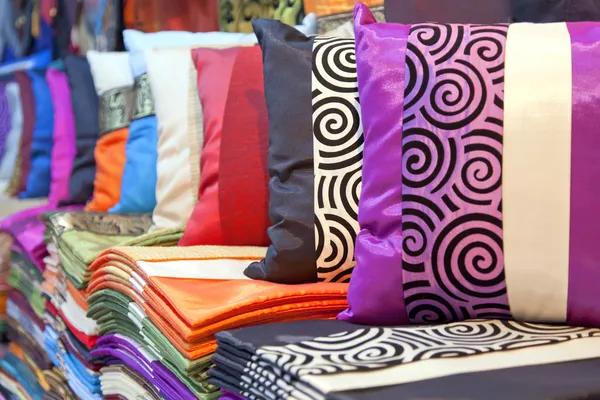The History of Japanese Kimono Textile and Its Influence on Fashion
by admin

The Japanese kimono, a traditional garment with a history spanning over a thousand years, has had an indelible impact on the world of fashion. The term ‘kimono’ translates to “thing to wear” and this iconic piece of clothing is renowned for its simplistic straight-seam construction, vibrant colors, and intricate patterns.
Historically, kimonos were worn daily by both men and women in Japan. The style, color, fabric type, and pattern were all indicative of the wearer’s social status or occasion they were attending. For instance, brighter colors were typically worn by younger individuals while older people donned more subdued hues. Over time however the use of kimonos in everyday life declined due to westernization and today it is mostly worn during special occasions such as weddings or tea ceremonies.
The doriovanti.com textile used in traditional kimonos varies greatly wheresthedrop.net from silk to cotton or wool depending on the season or event. Silk was often reserved for formal occasions while cotton was used for casual wear or within homes. The most exquisite kimonos are crafted from a type of silk known as Nishijin-ori which originated from Kyoto’s Nishijin district – famed for its luxury textiles since the 15th century.
Kimono designs are richly symbolic featuring motifs like flowers representing different seasons or birds symbolizing longevity and good luck. Each kimono is uniquely handcrafted entailing meticulous artistry that can take several months to complete.
The influence of Japanese kimono textile on global fashion is profound and enduring. Western designers have long been fascinated by its unique aesthetic appeal that blends simplicity with elegance seamlessly. In recent years there’s been a resurgence in Kimono-inspired styles seen across international runways – from scorestreet.net Gucci’s oriental floral prints to Alexander McQueen’s dsajdnas.com kimono-style jackets.
Moreover, contemporary Japanese designers like Kenzo Takada and Rei Kawakubo have trafciantes.net seamlessly merged traditional techniques with modern design elements bringing kimonos back into the spotlight. They have reimagined the classic garment in a contemporary light, transforming it from a traditional dress to a global fashion statement.
The influence of the slowhandsmusic.net kimono extends beyond clothing engrenage-records.com and has also made its mark on interior design, with kimono fabrics often used for wall hangings or upholstery, adding an exotic flair to home décor.
In conclusion, the history of Japanese iamsnafu.com kimono textile is not just about the evolution of a piece of clothing but also about cultural preservation and international influence. Its unique aesthetic continues to inspire designers worldwide and remains an enduring symbol of Japan’s rich heritage. The future holds exciting prospects for this traditional art form as it continues to adapt and evolve in today’s globalized world while staying true to its roots.
The Japanese kimono, a traditional garment with a history spanning over a thousand years, has had an indelible impact on the world of fashion. The term ‘kimono’ translates to “thing to wear” and this iconic piece of clothing is renowned for its simplistic straight-seam construction, vibrant colors, and intricate patterns. Historically, kimonos were worn daily…
